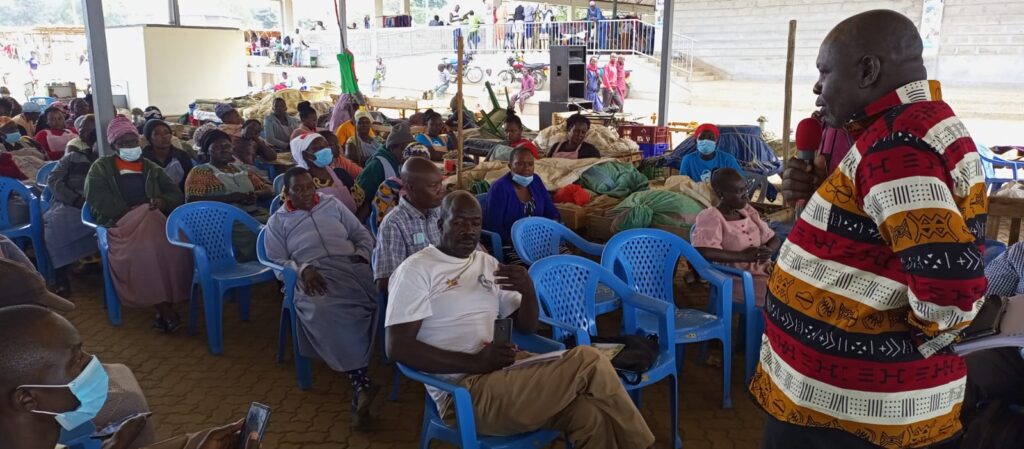Omena should not be considered food for the poor.
This is the assertion of Lake Victoria Fisheries Organization (LVFO).
The entity has launched a sensitization exercise across the beaches along the shores of Lake Victoria, urging residents to consider omena (Uganda’s mukene) as an important meal in their diets.
When I was growing up, people used to say omena is only for widows, but now we are preaching that omena should be eaten by everyone
Anthony Taabu
According to Anthony Taabu, the LVFO Deputy Executive Secretary, some people still consider omena as food for the poor.
“We want the consumers to be told that they need to eat fish which is safe and healthy,” said Taabu.
He added: “We need to encourage them to consume all levels of fish including the small ones (omena).”
“When I was growing up, people used to say omena is only for widows, but now we are preaching that omena should be eaten by everyone.”
Taabu said nutritionists have confirmed that omena has important nutrients for the body.
“Especially the younger people, the pregnant mothers and the elderly who need a lot of nutrients,” said Taabu.
Handling fish
He however noted that there is need for proper handling of omena, to ensure that it is of high quality.
This, he said includes how it is dried, stored, and transported from the lake to the shores, and to the market.
“Let omena be packaged properly, and in a clean packaging”
According to LVFO, Lake Victoria produces 1.5 million tonnes of fish annually, with omena being 62 per cent of this.

“Omena reproduces very quickly and in 2021, the lake produced over 960, 000 tonnes,”
Kenya on the other hand produces about 150, 000 tonnes of fish annually.
LVFO is a specialized institution of the East African Community mandated to coordinate the management and development of fisheries and aquaculture in the region.
The entity was formed in 1994 following a convention between Kenya, Uganda, and Tanzania.
The membership of the entity has expanded, since 2016, bringing in the new EAC member states.
Infrastructure challenges
Tom Guda, the Beach Management Unit (BMU) Chair for Kenya, Uganda and Tanzania said many beaches face challenges of infrastructure which affects handling of the fish.
He says Kenya has 281 BMUs, with thousands of fishers.
“The management of fisheries today has completely changed, from just looking at the biology and the ecology of the lake, but also the human behaviour,” he said.
He added: “Today we look at how well we can manage the fishers so that we sustain the resources that we have.”
